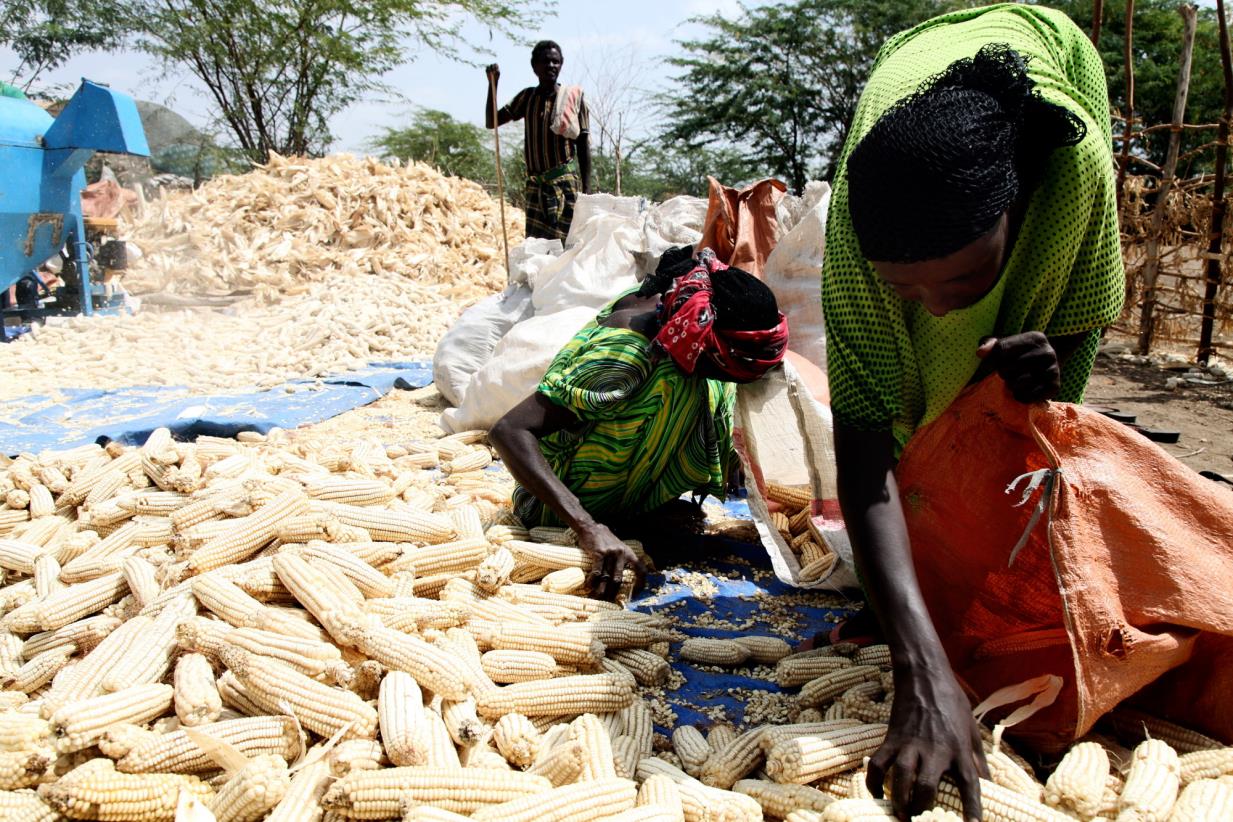
Project aims to resolve the post-harvest aflatoxin issue in Tanzania
For many years, Tanzania has encountered a persistent issue with elevated aflatoxin levels in its cereal harvest. Kenya and other nations that frequently acquire maize from Tanzania have frequently implemented temporary import restrictions due to the chemical.
This issue may shortly be resolved, according to Tanzanian authorities. A five-year aflatoxin control initiative is expected to resolve the issue by providing Tanzanian farmers with improved methods for cultivating, harvesting, and storing crops.
As part of the Tanzania Development Vision 2025 (TDV 2025), the Tanzania Initiative for Preventing Aflatoxin Contamination (TANIPAC) initiative emphasizes post-harvest hygiene, which encompasses appropriate drying and waterproofing.
Food security is critical to the country’s economic development, as identified by Vision 2025, among other factors.
Chemicals known as aflatoxins are produced when grain is improperly stored or desiccated. If consumed, they may induce chronic health complications, including cancer. This has been directly associated with 65 cancer cases in 2017 in Tanzanian districts where maize is grown.
In the Dodoma and Manyara regions of central Tanzania, the TANIPAC project is presently being implemented in the Chemba, Kondoa, Babati, and Kiteto districts. Tanzania has collaborated with the World Health Organization (WHO) on this initiative.
The top four districts in Tanzania are responsible for the production of maize for both domestic and international markets.
Earlier this month, Clepin Josephat, the coordinator of the TANPAC initiative, announced that over 60,000 individual farmers have been contacted and instructed on the most effective methods for post-harvest handling.
The TANIPAC initiative is scheduled for completion in December and has received co-funding from the African Development Bank (AfDB).
Through the USAid Tanzania office, the US Department of Agriculture has provided assistance in the implementation of aflatoxin control trials in Tanzania’s primary agricultural regions of Morogoro, Dodoma, Mtwara, and Manyara.
Cashew nuts, groundnuts, and maize are Tanzania’s primary export commodities; however, they are also the most susceptible to aflatoxin contamination.
All Categories
Recent Posts
Tags
+13162306000
zoneyetu@yahoo.com



